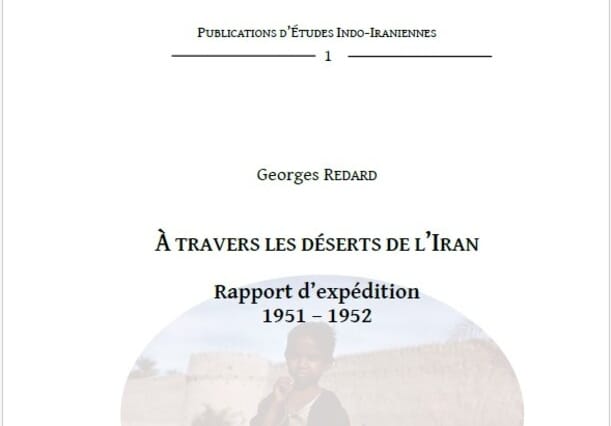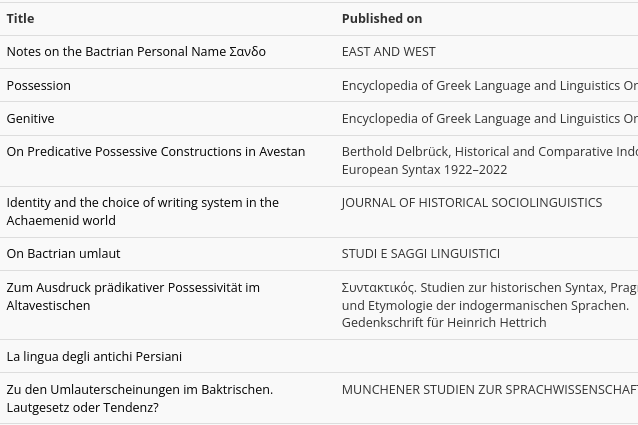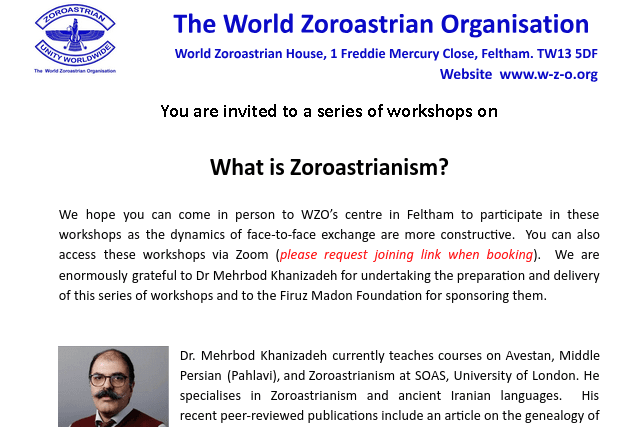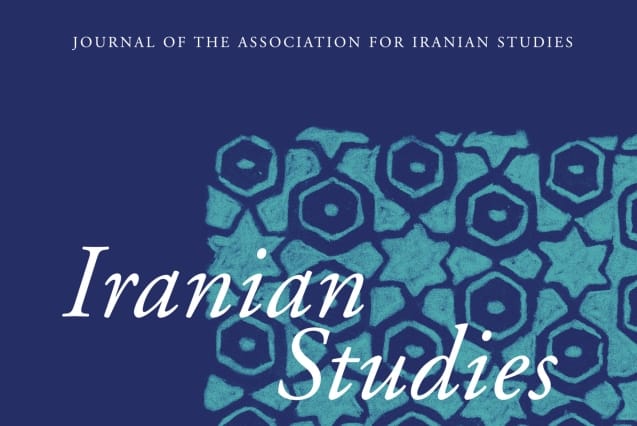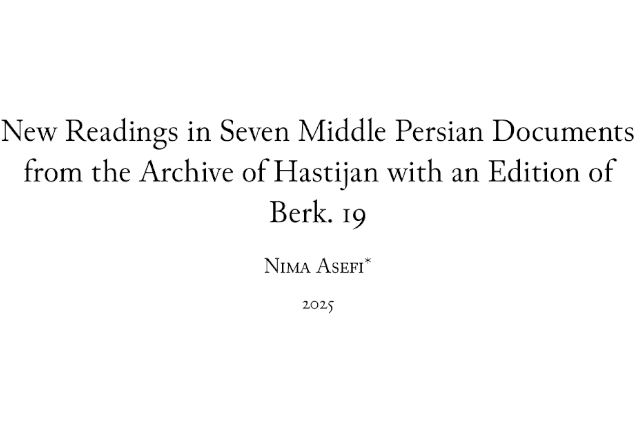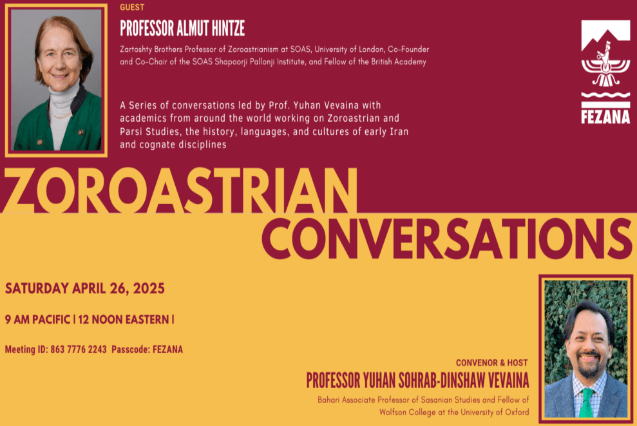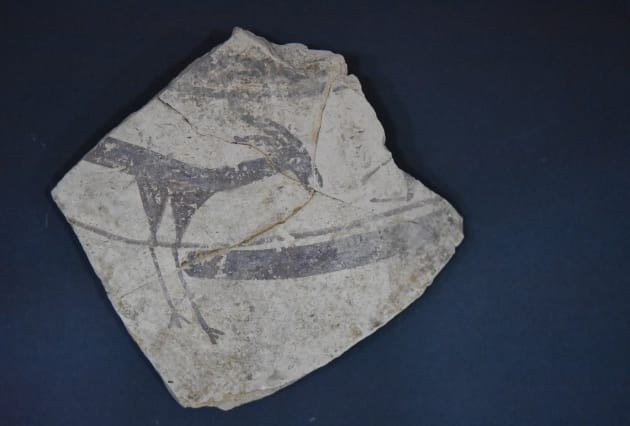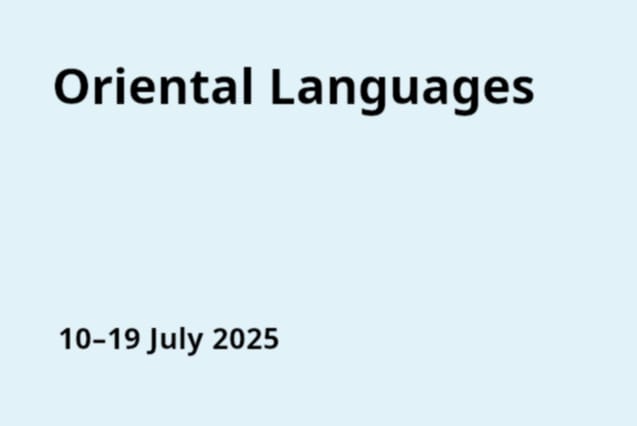Volume 29, issue 2, of Iran and the Caucasus has now been published. While all articles relate to the focus of BiblioIranica, two stand particularly out:
- Barnea, Gad. 2025. The significance of ṛtācā brzmniy in Xerxes’ cultic reform: A new light on the “Daiva” inscription (XPh). Iran and the Caucasus. Brill 29(2). 131–152.
This article is open access.
Ever since its preliminary publication, Xerxes’ “Daiva” inscription (XPh) has been seen as an important and unique witness to early Achaemenid Mazdean orthopraxy and cultic propaganda. It is an essential document that captures a major reform in Achaemenid-Zoroastrian cult patterns and its relationship to cognate cults. This royal inscription describes a liturgical reform or, at least, the enforcement of such a reform, targeting and condemning the cult of the daivā—a designation describing competing deities. The key to decoding this reform hinges upon an obscure expression that appears thrice in the document—normalized as a-r-t-a-c-a : b-r-z-m-n-i-y—the meaning of which is yet to be fully understood. In this article, I revisit and analyze the various approaches previously taken to interpreting this remarkable syntagm and provide a methodological approach and a broader and more comprehensive translation which is presented in a more holistic comparative context—including onomastic, epigraphic and archeological data.
Abstract
- Arakelova, Victoria. 2025. “She did not give bread to a dog with puppies”: The idea of retribution according to the Yezidi text A’lī Šērē Xwadē Āxiratēdā. Iran and the Caucasus. Brill 29(2). 153–166.
There is no unified Yezidi source that would give a complete understanding of sins and retribution in this tradition. The article is an attempt to identify a number of sins and the expected retributions for them, based on the analysis of the text A’lī Šērē Xwadē Āxiratēdā—“ ‘Ali, the Lion of God in the Hereafter”. The text, which can be attributed to the apologetic genre, tells about ‘Ali’s journey to the afterlife and the opportunity he was given to see the punishments of sinners, in order to pass on this information to people in the “world of light”, i.e. the material world.
Abstract


